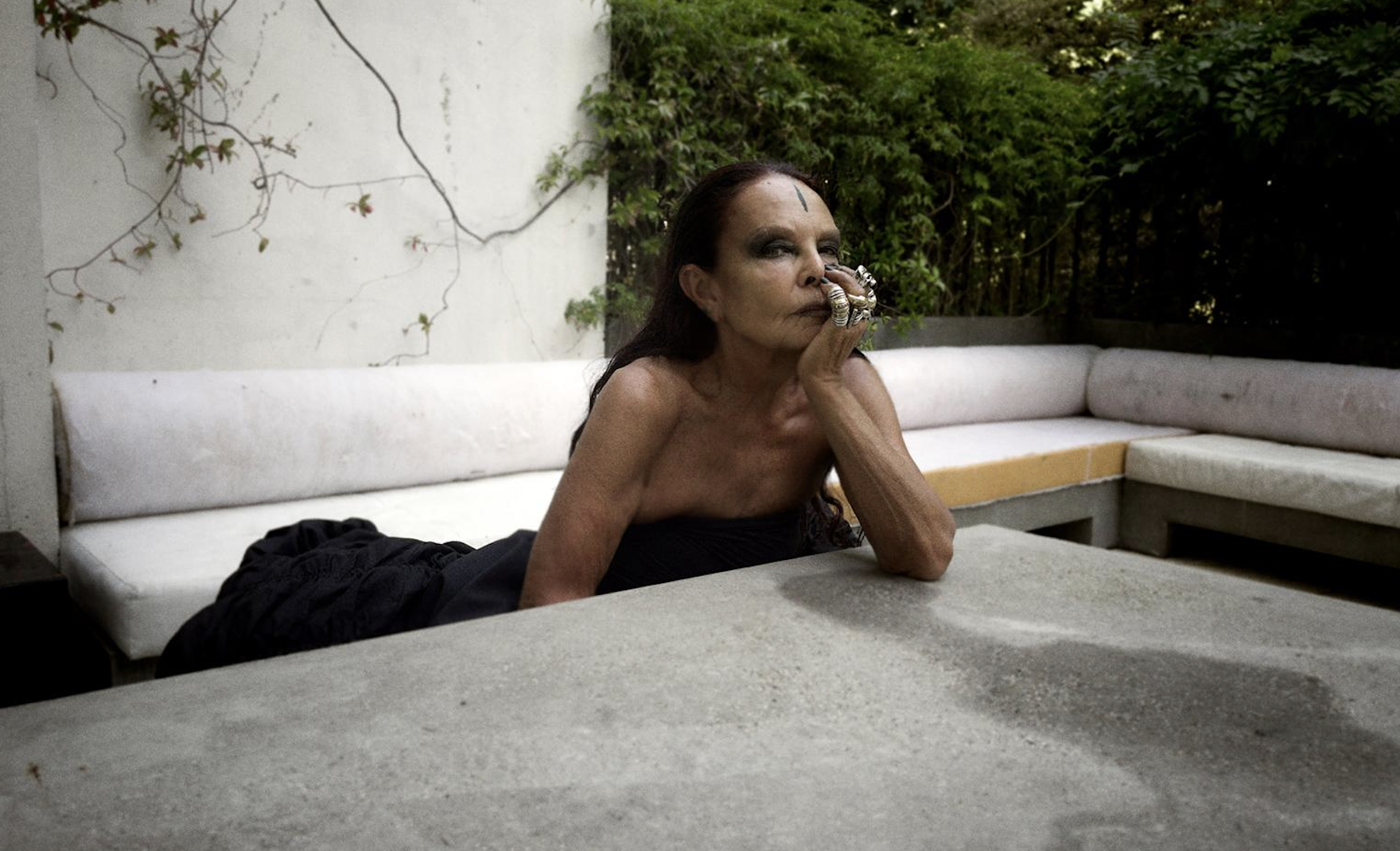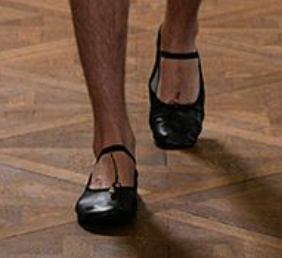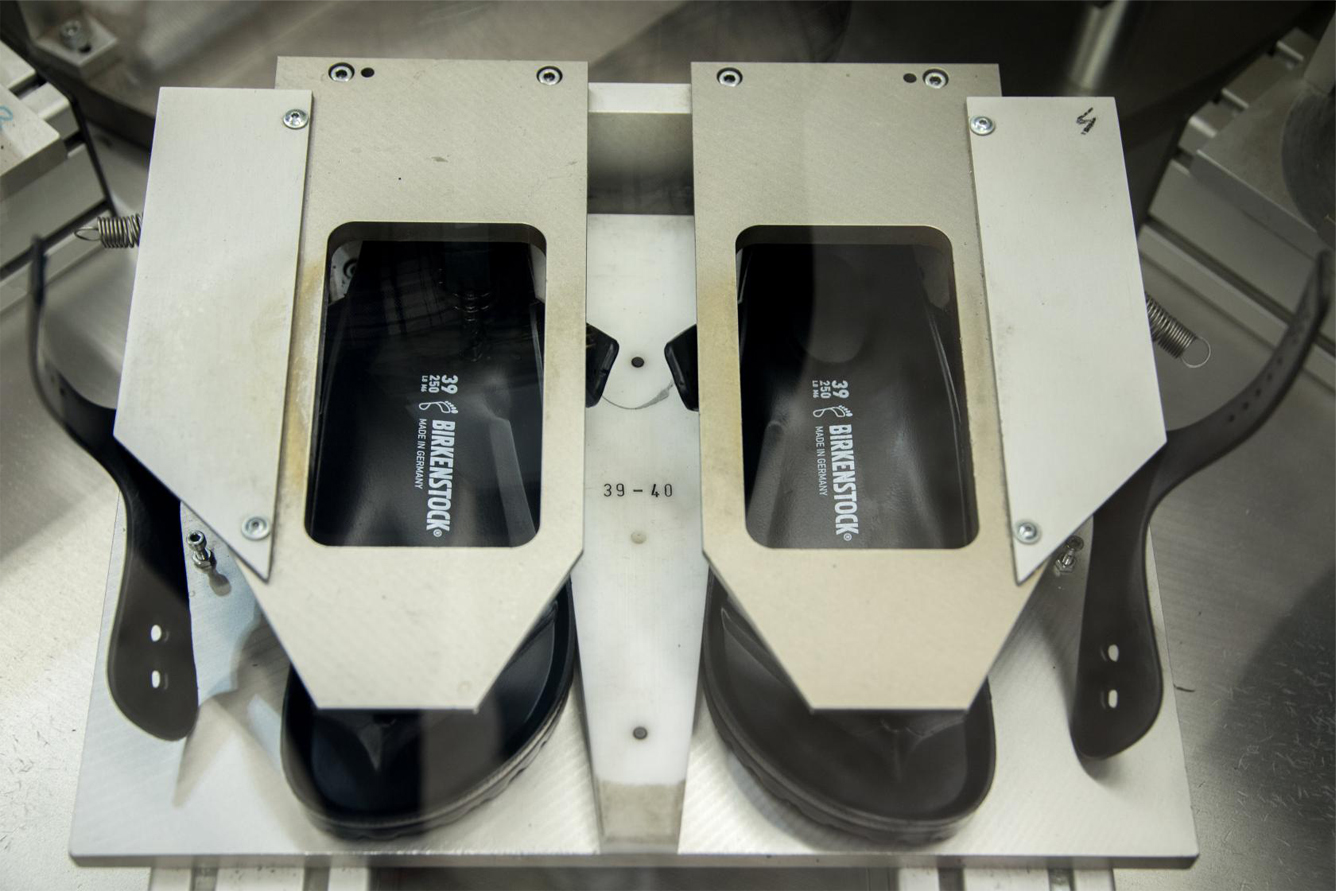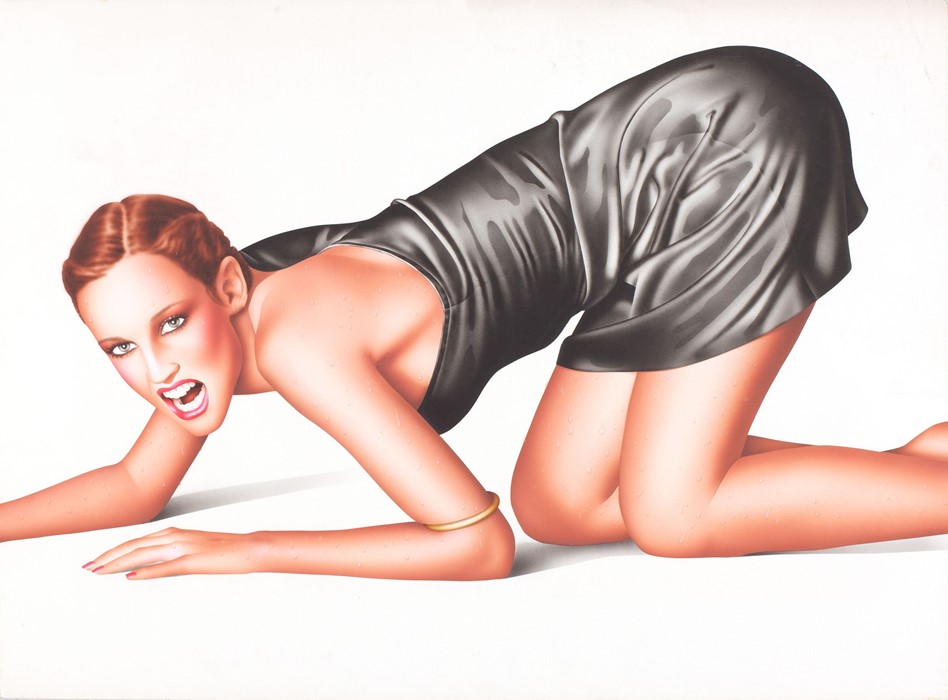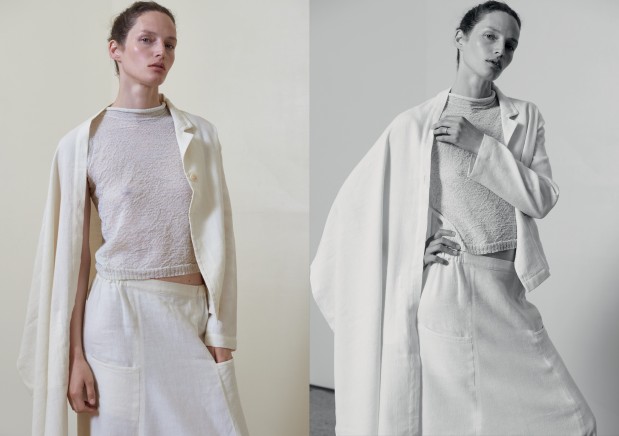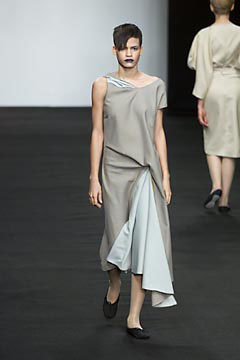September 2021
Marvel Malone
︎︎︎Published in The Week Fashion
Marvel Malone

Propped up behind a large plywood cutting table at Richard Malone’s London studio are two sculptural oddities in silken bronze and chocolate jersey. With their jutting curves and dramatic foamy folds, Malone’s made-to-order clothing objects stand with a plush brutality – they embody his penchant for pomp, performance and place.
Malone’s output as a designer, artist and now curator is wildly curious: ‘Because I don't come from money, I have the luxury of not judging things on how much money they make. The pressure to make more and more and sell to every store in the world is not how I value things at all,’ he says. ‘Having a discipline that allows me to move into performance or costume or homeware, that makes sense to me. I would hate to ever lose that. The luxury of my job is in being able to be experimental. That's all I really want.’
This month sees the launch of Malone’s capsule with Mulberry: ‘This is the first time that I've gone somewhere and not had to ask questions about sustainability,’ he says. The British accessories brand has developed a bold manifesto and committed to investing in acres of regenerative agriculture. As part of its Mulberry Editions project, Malone has developed 12 new iterations of its Bayswater bag in material manufactured from cereal farming waste and zero waste scotchgrain. Malone was impressed by the company’s responsible attitude. ‘In general, I find that none of the structures that are in place within fashion make any sense. And when you support things that are only commercial, like t-shirts for example, there’s no skill in that – you can download that pattern from the internet! The industry needs to think from the bottom up and invite more makers into the conversation. Otherwise we run the risk of losing so many skilled jobs,’ he says.
Malone grew up in the rural town of Wexford, situated on the mouth of the River Slaney on Ireland's east coast, part of a family of ‘low skilled workers.’ Between the ages of 14-18, he worked as a labourer on building sites: ‘People would read The Daily Star, The Sun or The Irish Mirror and you would only see McQueen and Galliano in there. It was always the silly, sensationalist stuff so I didn't think I'd end up in fashion. I got into it eventually because I wanted to be a sculptor. Where I'm from, you’re always taught to get a trade.’ His family was made up of apprentices, carpenters, decorators, shop and factory workers. The hands-on experience with materials and construction became so formative that Malone enrolled at West Wales School of the Arts in Carmarthen – known today as Carmarthen School of Art – to focus on performance and sculpture. After the first year, he decided to switch onto the fashion course at Central Saint Martins and moved to London.
![]()
This summer, Malone exercised his love of objects and interior architecture further, curating a show that celebrates the legacy of Modernism in Ireland. Making and Momentum: In Conversation with Eileen Gray first opened in the French town of Roquebrune-Cap-Martin in July and looked at the visionary multihyphenate artist, architect and furniture designer who – like Malone – was born in County Wexford. He was initially approached to have a solo show of his own non-fashion work in the newly restored villa that Gray had designed in the 1920s, but thought it was more important to use the moment to share a less academic narrative around her legacy and to spotlight a collective of makers and artists who share her spirit. ‘Obviously I’ve read all of the stuff that people have written about her but it’s all wrong,’ he says. ‘She is only ever talked about in the context of her male counterparts or about the value attached to her work (Gray’s Dragons armchair from 1917 sold for €21,905,000 at auction in 2009) and that's not right. When you read her notes, her correspondence, she was about making things accessible. More human,’ he says. ‘There's a huge amount of sexuality and sensuality around how the body fits into things.’
The curatorial guideline he set was a list of five words: truth, love, myth, magic, legend. ‘All of Gray’s designs come from life, for example she wanted to be able to sit in bed and eat toast without the fear of crumbs! All of her work is very human but is often presented as something very cold. People have never got to her intentions, which were about living easily and not taking up too much space.’ Works by seven makers across ceramics, sculpture and textiles are presented in conversation with Gray’s archive and there are plans for the show to travel to Wexford after it closes at the National Museum of Ireland this month.
For Malone, Gray was a radical woman. She emulates an energy that he associates with ancient Ireland, ‘a time long before British colonisation and the spread of Christianity.’ Malone’s grandmother Nellie relished the fact that Gray was female, that she created opportunity for herself and that her design language never wavered. ‘Every piece seems like a creation of something completely new, genuine and informed by this complete acceptance of the self,’ not unlike Malone’s own mystical work.
‘I expect that Nellie saw much of herself in Gray – or at least allowed herself to imagine the synchronicity, however different the circumstance.’ Gray was born into an extremely wealthy Protestant family and lived between London and Paris and yet, as Malone says, ‘my grandmother eliminated the class thing very well when she talked about her. She just said she was from Wexford and to me, this is a really interesting act of folklore, to almost let someone pretend that they can do the same thing. To just go on and be whoever you want to be.’ It is a lesson Malone has taken to heart.










